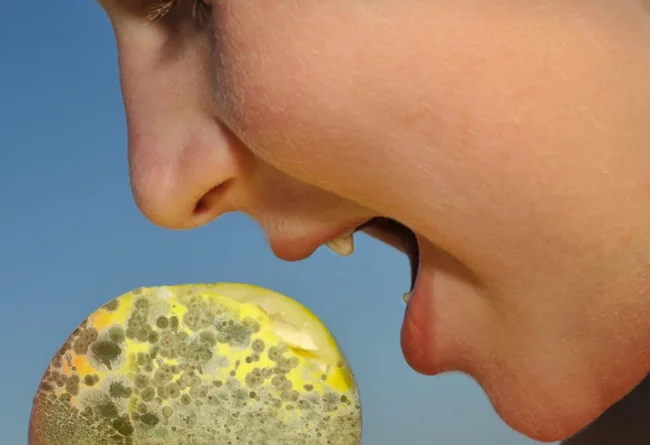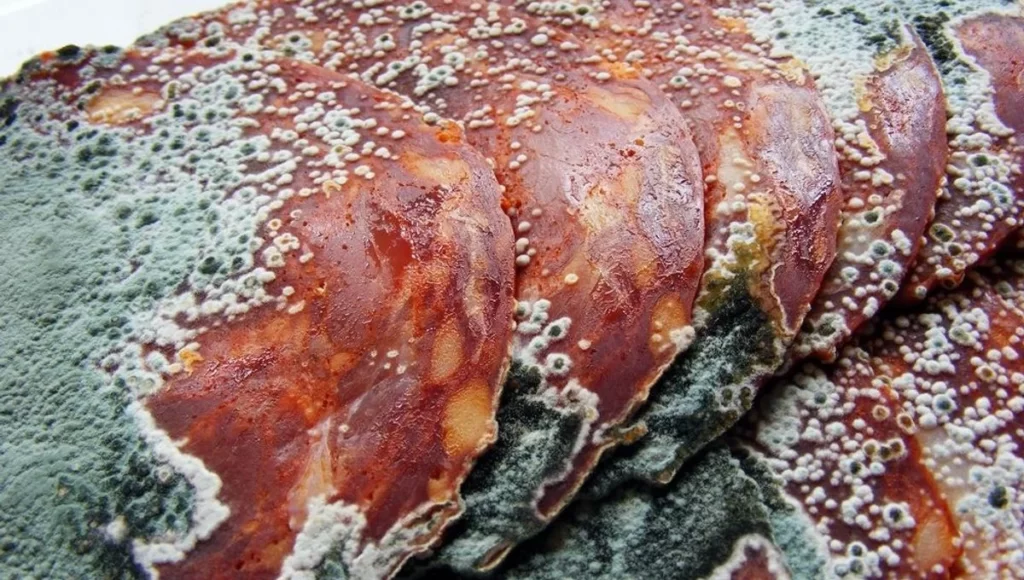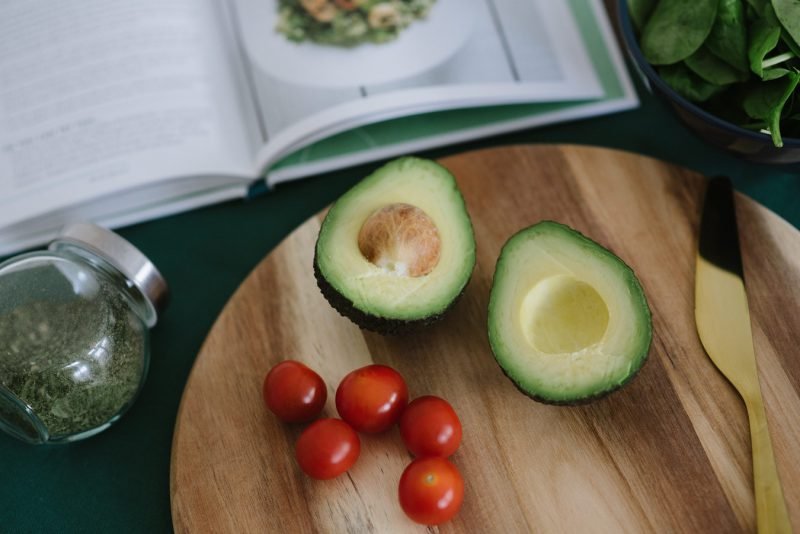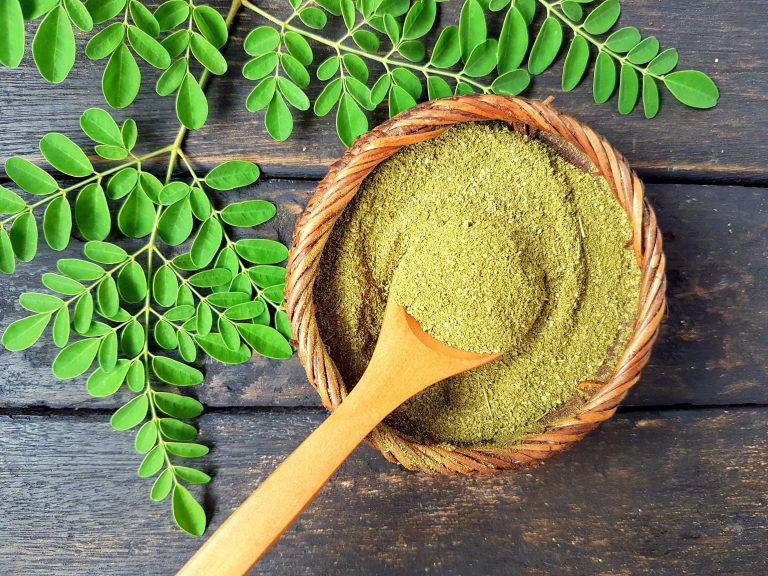What Happens If You Accidentally Eat Mold?
Have you ever found yourself accidentally eating mold? It can be a disconcerting experience, stumbling upon that unnoticed patch on a slice of bread or discovering mold on other perishable food items. What will you do in that situation? Is it dangerous to eat mold for your health? We will explore what happens if you accidentally eat mold. And what are the potential repercussions of accidentally consuming mold provide guidance on the best course of action in such situations.
Understanding Mold: What is it?

Mold, a type of fungi, thrives in damp environments and can appear in various colors and textures. While some molds are harmless, others produce mycotoxins, toxic substances that can have adverse health effects. It is important to be aware of the potential risks associated with consuming mold-contaminated food.
What are the health implications of eating mold?

The consequences of unintentionally ingesting mold vary depending on the type and quantity consumed, as well as an individual’s overall health and immune system. In most cases, mild symptoms such as nausea, diarrhea, and stomach discomfort may occur. Individuals with allergies or respiratory conditions might experience more pronounced symptoms or allergic reactions.
Are mycotoxins a concern?

When mold produces mycotoxins, the implications can be more severe. Mycotoxins are known to cause a range of adverse health effects, including respiratory issues, headaches, dizziness, and in extreme cases, organ damage. However, it is important to note that significant mycotoxin poisoning resulting from mold ingestion is relatively rare.
Are All Molds Bad? Understanding Mold Types in Food

When it comes to mold, not all varieties are created equal. With over 100,000 types of molds, only a fraction commonly affects our food. If you spot that familiar fuzziness on your meat or poultry, chances are it belongs to one of the more prevalent molds, such as Botrytis, Geotrichum, Oidium, Penicillium, or Thamnidium.
It’s important to note that if you discover mold on the surface of fresh meat, poultry, or seafood, it should be promptly discarded. However, the presence of mold doesn’t always mean the entire food item is unsalvageable. Some molds can be safely removed by scrubbing, especially if they appear on items like salami or hard cheese. In fact, certain molds play a crucial role in food production and are harmless.
For instance, molds from the Penicillium genus, which includes the antibiotic penicillin, contribute to the distinct flavor and appearance of cheeses like Camembert, Brie, and Roquefort. While these molds don’t differ significantly from other types, the carefully controlled conditions under which they are cultivated prevent the production of harmful mycotoxins.
Understanding the different mold types in food allows us to make informed decisions about what can be salvaged and what needs to be discarded, ensuring both safety and enjoyment in our culinary experiences.
Food Industry’s Mold Prevention Measures:

The food industry employs a range of strategies to combat mold and extend product shelf-life. Traditional methods like freezing, drying, and pasteurization are used, along with newer techniques like irradiation and high-pressure treatment. Packaging innovations, such as cinnamon oil-infused wax paper and plant-based materials, help reduce mold activity. Chemical preservatives like propionates, sorbates, and benzoates are commonly applied to baked goods. While complete mold elimination is impossible, industry efforts aim to minimize risks. When encountering mold, knowing not all molds are harmful allows for safe consumption after careful removal or appropriate disposal.
What happens if you accidentally eat mold?

If You Accidentally Eat Mold contaminated food, this can lead to mild symptoms like nausea and stomach discomfort. While accidentally consuming mold may cause mild discomfort or adverse effects for some individuals, the overall risk is generally low. Severe consequences are rare unless the mold produces mycotoxins, which can cause respiratory issues and organ damage. Monitor symptoms and seek medical attention if they persist or worsen. Prevention through proper food inspection and storage is crucial to minimize the risk of unintentional mold ingestion.
What should you do if you accidentally consume mold?

If you find yourself in a situation where you have accidentally consumed mold-contaminated food, it is advisable to remain calm and assess the situation. In most cases, a single instance of accidental mold ingestion does not pose a significant health risk. However, individuals with compromised immune systems or pre-existing health conditions should consult a healthcare professional for guidance.
Prevention: How can you avoid unintentional mold ingestion?

Preventing unintentional mold ingestion is always the best approach. Regularly inspecting perishable food items for signs of mold, practicing proper food storage techniques, and promptly discarding any visibly moldy or expired food are effective preventive measures. Additionally, maintaining a clean and dry environment, especially in areas prone to moisture, helps minimize the risk of mold growth.
Conclusion:
Accidentally eating mold is generally low-risk, resulting in mild symptoms like nausea and stomach discomfort. Severe consequences are rare unless the mold produces mycotoxins. Understanding mold types in food helps make informed decisions on salvaging or discarding items. If accidental mold ingestion occurs, monitoring symptoms and seeking medical attention if necessary is advised. By being proactive and vigilant, we can minimize the risk of unintentional mold ingestion and ensure safer culinary experiences.


